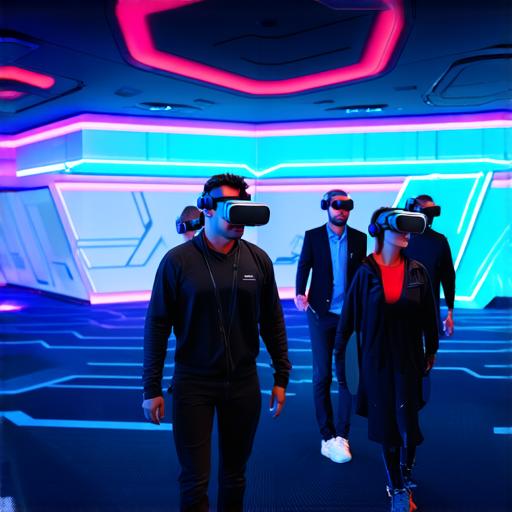
Virtual Reality (VR) is a rapidly growing technology that has the potential to revolutionize training programs across various industries. VR provides an immersive learning experience that can enhance knowledge retention, improve decision-making skills, and increase employee engagement. In this article, we will explore how to integrate VR into your training programs effectively.
1. Identify the training objectives
Before integrating VR into your training program, it is essential to identify the learning objectives you want to achieve. For example, are you trying to improve employees’ safety skills or enhance their technical knowledge? Understanding the training objectives will help you determine the most suitable VR technology and content for your program.
2. Choose the appropriate VR technology
There are several VR technologies available, including head-mounted displays (HMDs), handheld controllers, and motion capture systems. HMDs provide the most immersive experience, while handheld controllers are ideal for mobile training. Motion capture systems allow you to track employees’ movements and provide real-time feedback on their performance. Choose a technology that aligns with your training objectives and budget.
3. Develop VR content
Developing VR content can be challenging, but it is essential to create engaging and effective experiences for learners. Consider the following when developing VR content:
- Scenario design: Create realistic scenarios that reflect real-world situations and challenges faced by employees in their jobs.
- Interactivity: Include interactive elements such as decision-making scenarios, quizzes, and simulations to enhance learner engagement.
- Feedback and assessment: Provide feedback and assessments throughout the VR experience to help learners understand their strengths and weaknesses.
4. Implement and evaluate the program
Once you have developed the VR content, it is time to implement the program. Ensure that employees are comfortable with the technology before starting the training. Monitor employee progress and engagement throughout the program and evaluate its effectiveness through pre- and post-training tests. Use this data to make improvements to the program and ensure that it meets the desired learning objectives.
5. Integrate VR into ongoing training programs
Integrating VR into your ongoing training programs can help you provide employees with continuous learning opportunities. Consider using VR for refresher training, skill development, and performance enhancement. Additionally, you can use VR to create a safe environment for employees to practice high-risk tasks without the risk of injury or damage to equipment.
In conclusion, integrating VR into your training program can provide numerous benefits, including improved learning outcomes, increased employee engagement, and enhanced decision-making skills. By following these steps, you can develop an effective VR training program that meets your organization’s learning objectives and budget.



